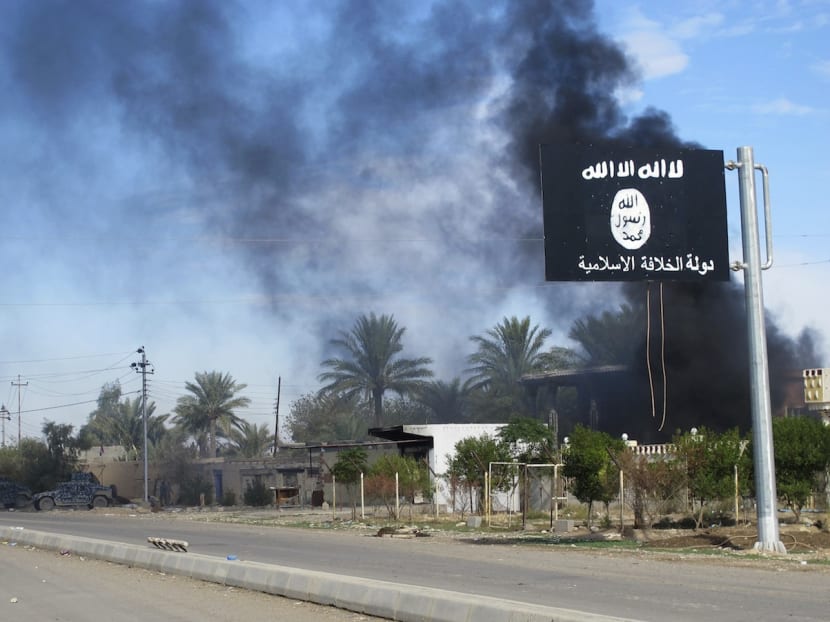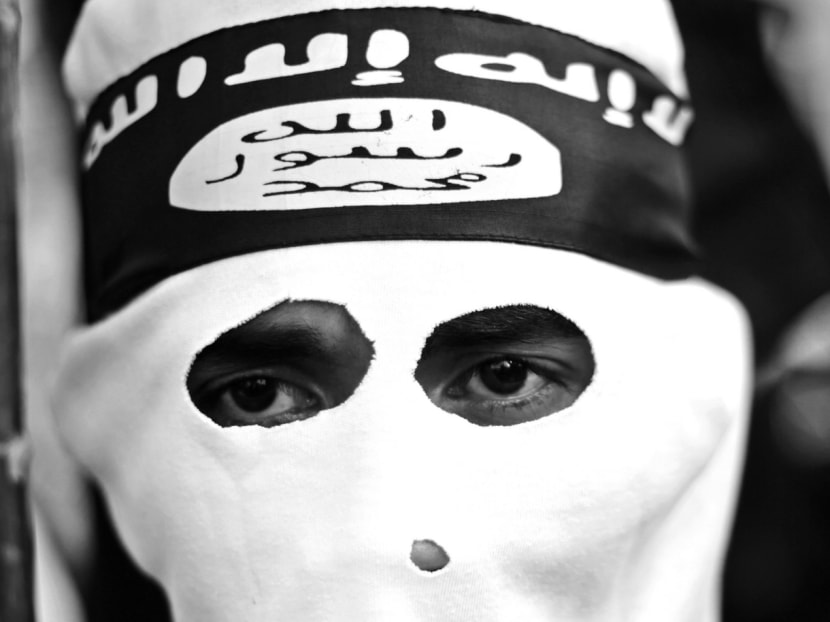New law gives Malaysia teeth in fight against terror
Malaysia has introduced the Prevention of Terrorism Act (POTA) to deal with the growing threat of the transnational Islamic State and other forms of terrorism. The move is rooted in the Internal Security Act (ISA) and its predecessors that were enacted to counter the communist insurgency in Malaya, then Malaysia from 1948 to 1989.


Malaysia has introduced the Prevention of Terrorism Act (POTA) to deal with the growing threat of the transnational Islamic State and other forms of terrorism. The move is rooted in the Internal Security Act (ISA) and its predecessors that were enacted to counter the communist insurgency in Malaya, then Malaysia from 1948 to 1989.
Since the end of the communist insurgency, there have been calls for the repeal of these draconian laws. Two grounds have been put forward. First, the communism threat is over and second, it has been abused by the authorities to detain political opponents.
While Malaysia decided to repeal the ISA, Singapore defended the need for these laws to counter the continued threat posed by terrorism.
In 2012, Malaysia repealed the Emergency Ordinance and the ISA. A new preventive detention mechanism replaced it, the Security Offences (Special Measures) Act 2012 (SOSMA) which took effect in July 2012. However, SOSMA has proved to be a weak instrument, leading to pressures for a new ISA-type law to be instituted. The POTA is seen as a substitute in view of the rising security threat confronting Malaysia.
Following the passage of the White Paper on “Towards Combating the Threat of Islamic State” on Nov 26 last year in Parliament, the government promised to enact a new law to reflect the concerns in the White Paper. The new law, POTA, was tabled in the current seating of Parliament.
The key provisions of the new law include: Detaining suspected terrorists for up to two years with a possibility of a further two years’ extension; an electronic monitoring device being attached to the detainee; and the administration of various preventive measures to deradicalise suspects. POTA is to be administered by the Terrorism Prevention Board, not the Executive.
While there were grounds to repeal the ISA in 2012, by this year, it became apparent that new preventive detention laws were necessary. A key factor was the severity of the threat posed by supporters of Islamic State in Malaysia, involving some 200 Malaysians who were already fighting in Iraq and Syria. Some have died as suicide bombers and others in combat. The flow of recruits is also continuing.
ARE CRITICS OF POTA JUSTIFIED?
There is public and political support for the government’s move. The new law is not linked to the ISA and politics as it only targets terrorism offences. It is to be administered by a body of judicial experts. It is also seen as the best mechanism to deal with the threat posed by returning combatants, who in addition to gaining weapons skills and combat experience, would also have been ideologically fortified, and developed new networks with extremists and terrorists.
In addition to being different from existing laws that deal with criminals, POTA involves the use of preventive measures to overcome a dangerous threat. Otherwise, security forces are left with no option but to act after a crime had been committed, often at great cost to society. It is a mechanism to administer justice with the Executive having no control in the manner it is to be utilised.
ISA’s replacement, SOSMA, was evidently inadequate in managing the new threat of terrorism, best seen in the increasing number of Malaysians fighting in Syria and Iraq, and blatantly posting themselves on social media. It is also a signal that Malaysia and its government were serious in fighting the threat of terrorism posed by Islamic State and its supporters.
Like the ISA in the past, POTA has come under fire. Critics have argued that POTA is unnecessary as existing laws are sufficient to deal with the threat posed by the Islamic State and the rise of Malaysian extremists and terrorists. Just as in the past, there are accusations that the government would politically abuse it and use it against its opponents. Not surprisingly, many see it as a reincarnation of the ISA.
Clearly, the Malaysian experience holds some lessons. Once an existing preventive detention mechanism is removed, it is politically difficult to be reinstated. This is because a government’s political opponents will politicise the reinstatement of such laws regardless of the existential threat that is surfacing, as is the case in Malaysia and even Indonesia.
Clearly, without preventive detention laws, troublemakers will gain confidence to threaten national security, as is happening in many South-east Asian states. Without the ISA and its like, the police will only be able to act when a crime has been committed by which time, massive loss of lives and property would have taken place.
Not only would public security be undermined with serious domestic and international consequences, the image and credibility of the government would be battered. Hence, the deterrent value of such laws. However, such blunt instruments must be prudently exercised with effective checks and balances to ensure non-abuse — with the public as the best judge whether abuses have taken place or not.
ABOUT THE AUTHOR:
Bilveer Singh is Associate Professor at the Department of Political Science, National University of Singapore and Adjunct Senior Fellow at the Centre of Excellence for National Security, S. Rajaratnam School of International Studies (RSIS), Nanyang Technological University in Singapore. This commentary first appeared in RSIS Commentaries.






